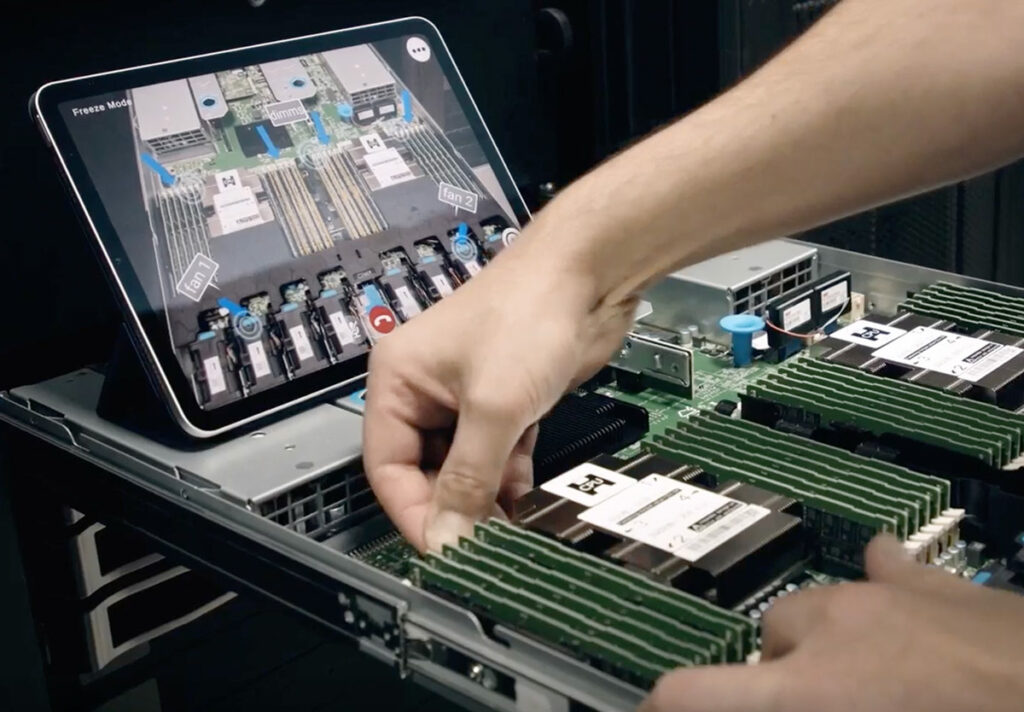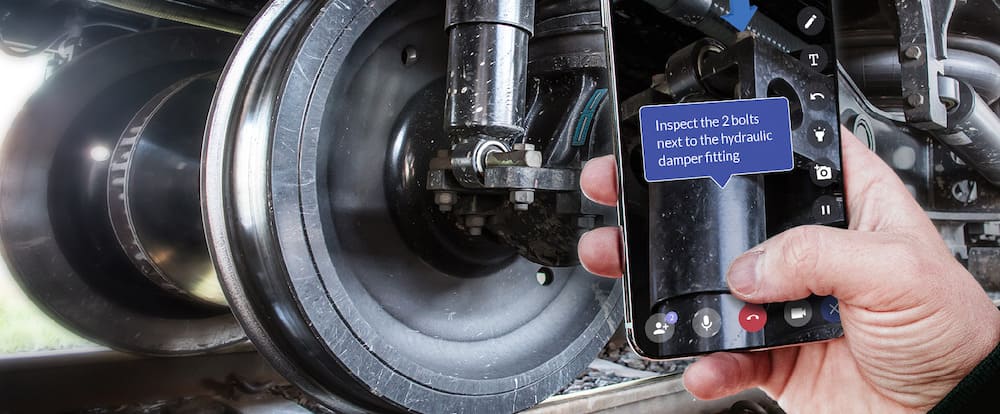Xerox and CareAR
Reduced Data Center Downtime
Remote support enabled by the introduction of CareAR reduced Xerox data center downtime, reduced CO2 emissions, and improved efficiency.

Xerox’s data center in Halifax, UK, was deploying a new hyperconverged infrastructure (HCI) and reducing racks. When a server malfunction occurred, it was very difficult for Xerox’s data center operations team based in London to understand the situation on the ground. In addition, since we were trying to solve problems by phone or email, once downtime occurred, it would affect the quality of the service we were providing, and it would be a negative in terms of profits.
London operations team deploying CareAR. In the event of downtime, engineers will be dispatched to a data center in Halifax, about three hours drive north of London, and will use CareAR Assist’s real-time video guidance feature to communicate via Google Glass and iPad.
Field engineers first use wearables to ‘show’ the front and back of problematic server racks to a team of experts in London. After confirming the lamps that indicate fan failure, the London team draws ‘arrows’ and ‘text annotations’ that indicate which fan has failed on the real-time video.
They then order replacement parts and provide visual instructions on how to remove the failed part and install the new part. After explaining to the engineer what parts needed to be removed, we shipped the parts to the site, replaced them, and successfully restarted the server.

CareAR Assist significantly reduced recovery time
Visual communication allowed the London side to see the status of the problem. Since the situation can be analyzed and evaluated on the spot even remotely, it is now easier to identify where the problem lies. As the saying goes, “a picture is worth more than a thousand words”, turning images into real-time video streams and adding arrows, signs and text annotations makes it obvious what to do and how to do it. Visual-based communication has made remote problem resolution easier and more practical, saving time and money. In addition, by reducing the frequency of business trips, we are able to reduce CO2 emissions, leading to the achievement of our sustainability goals.



